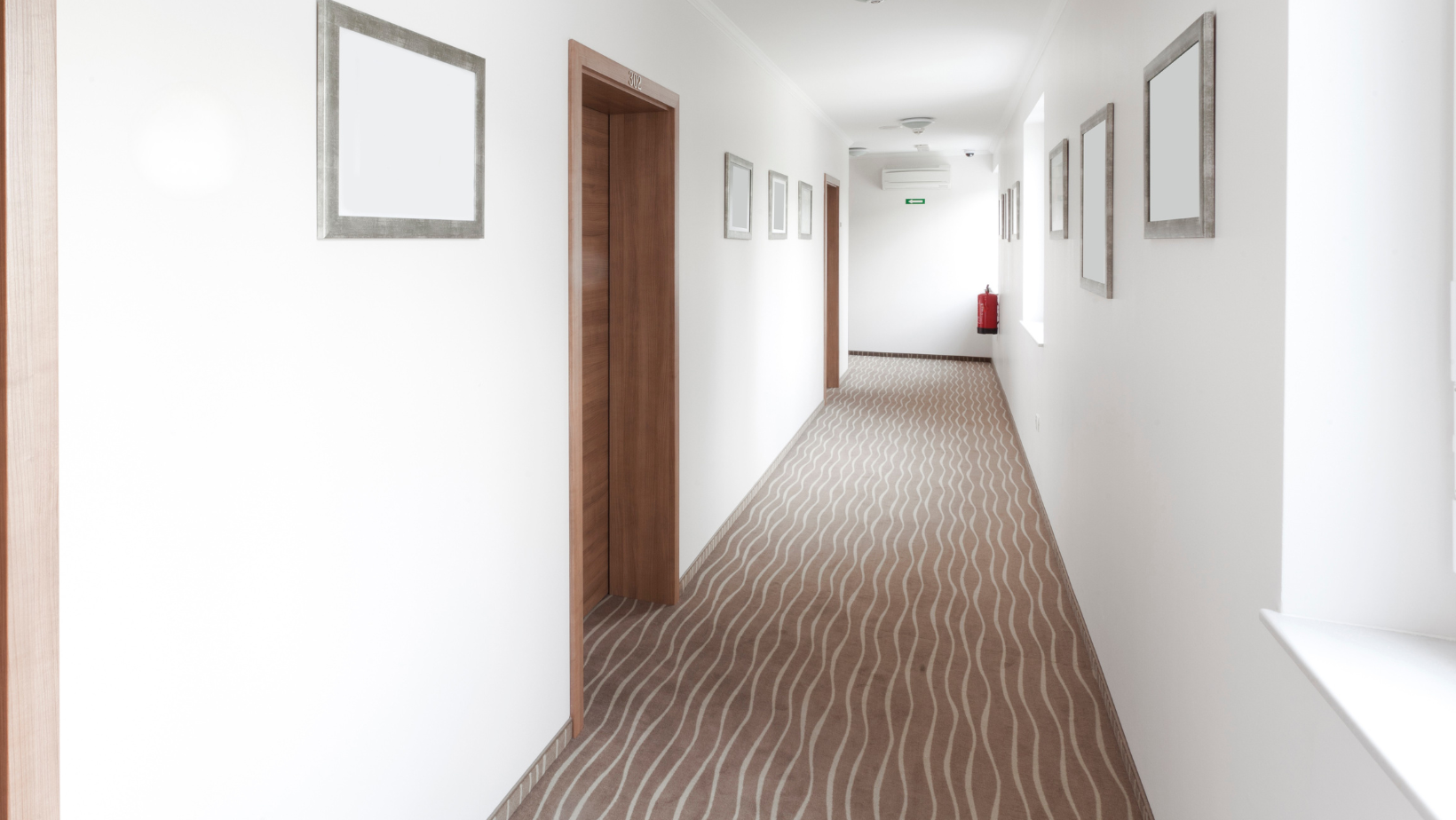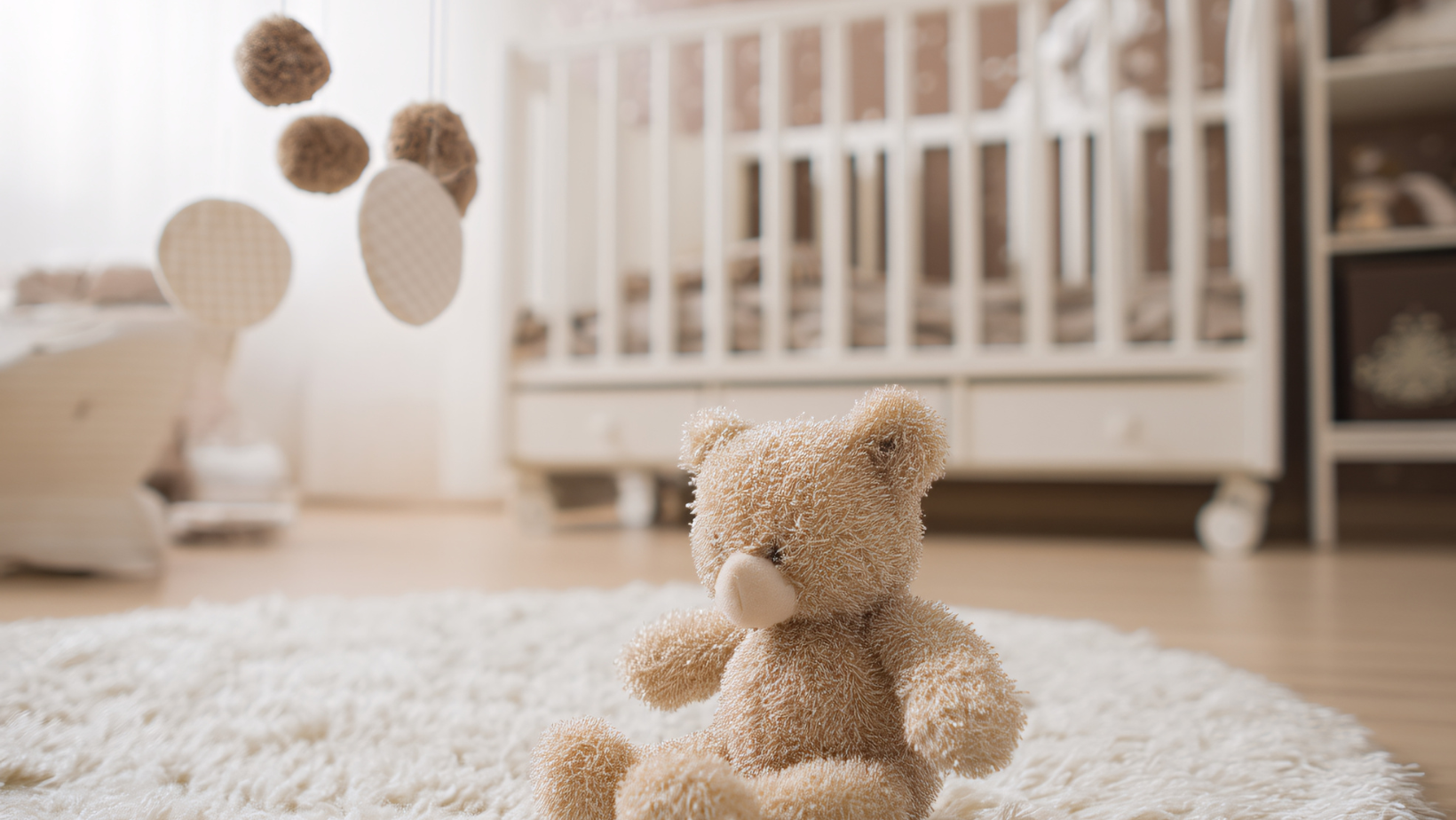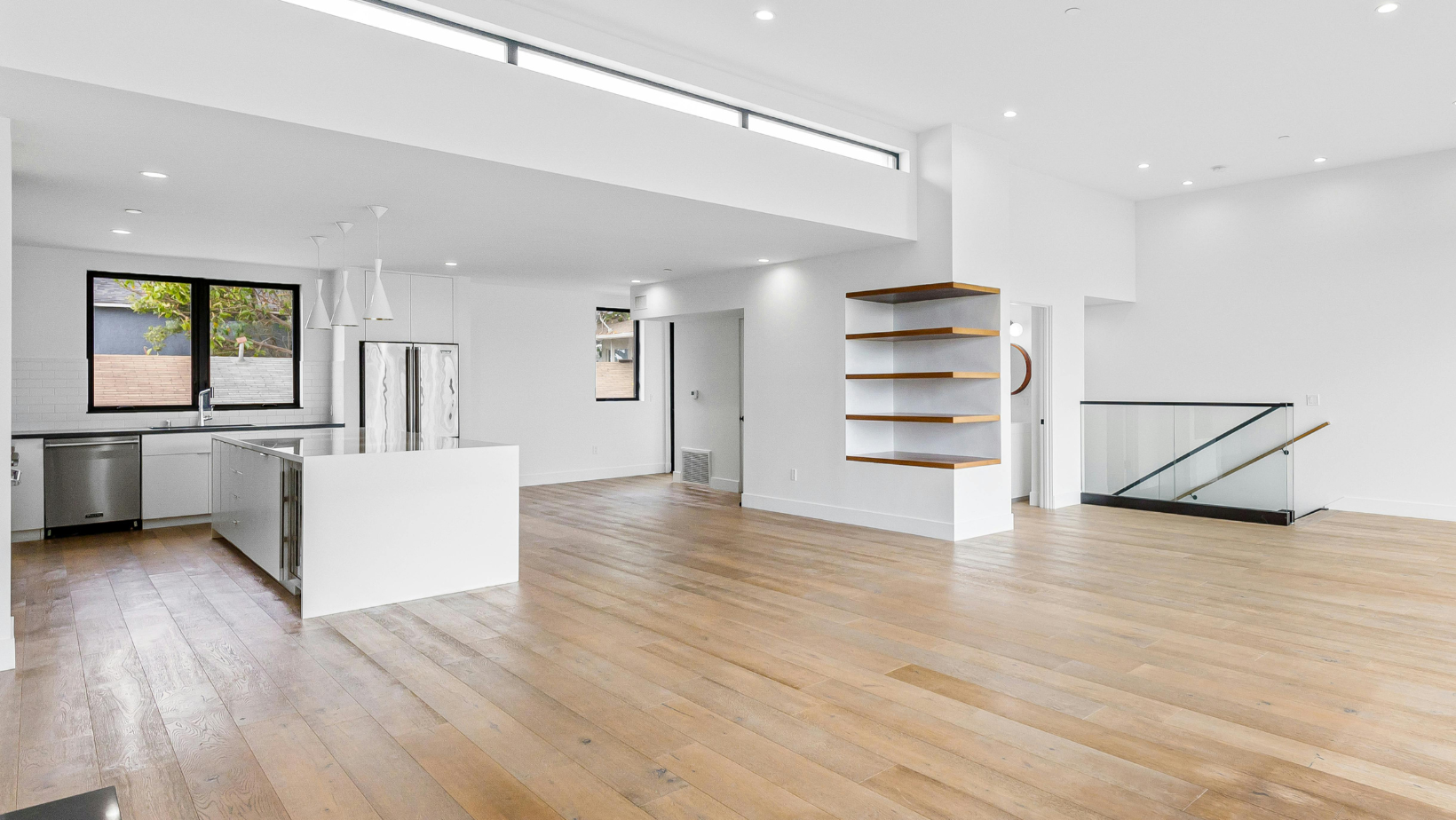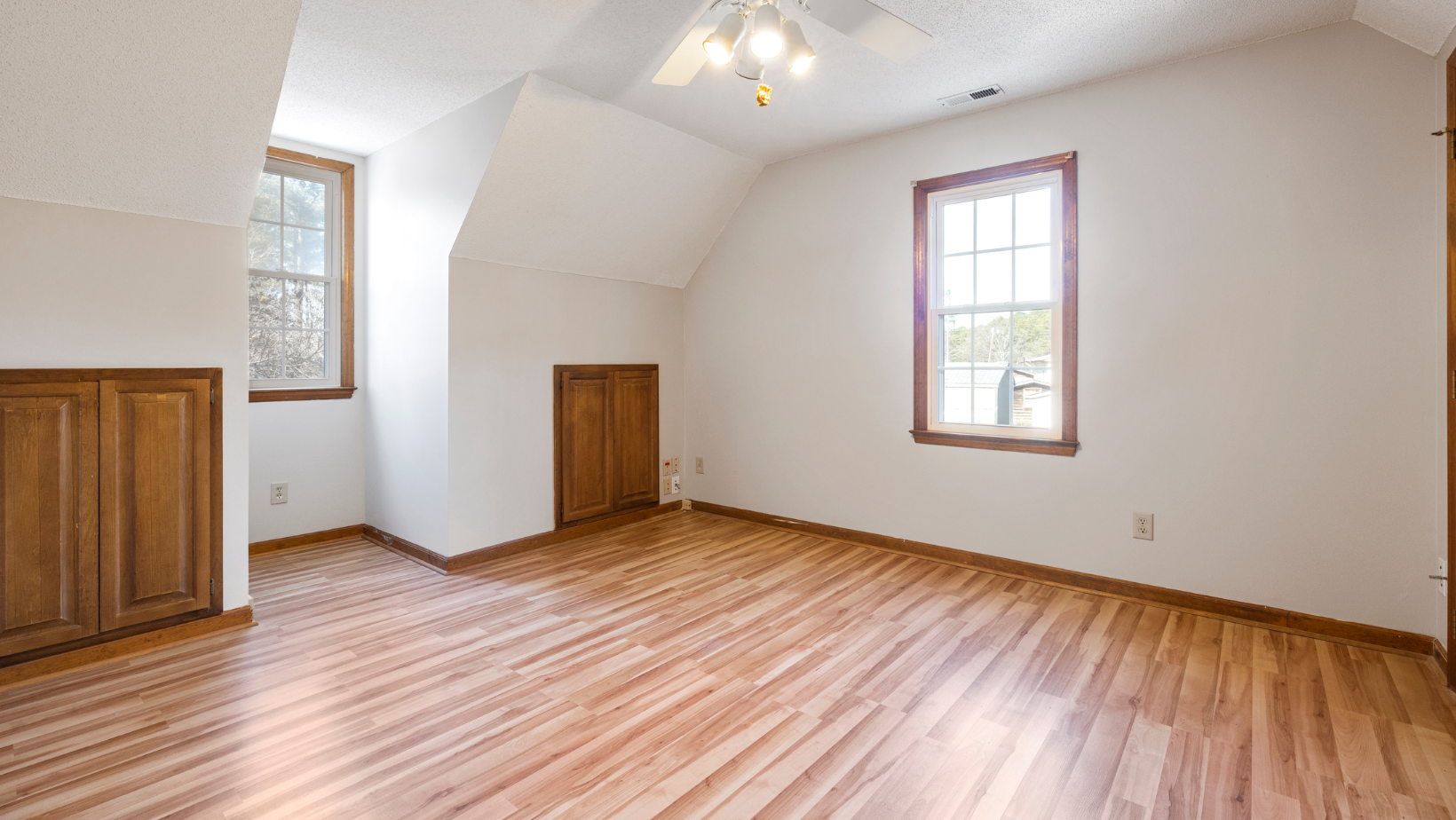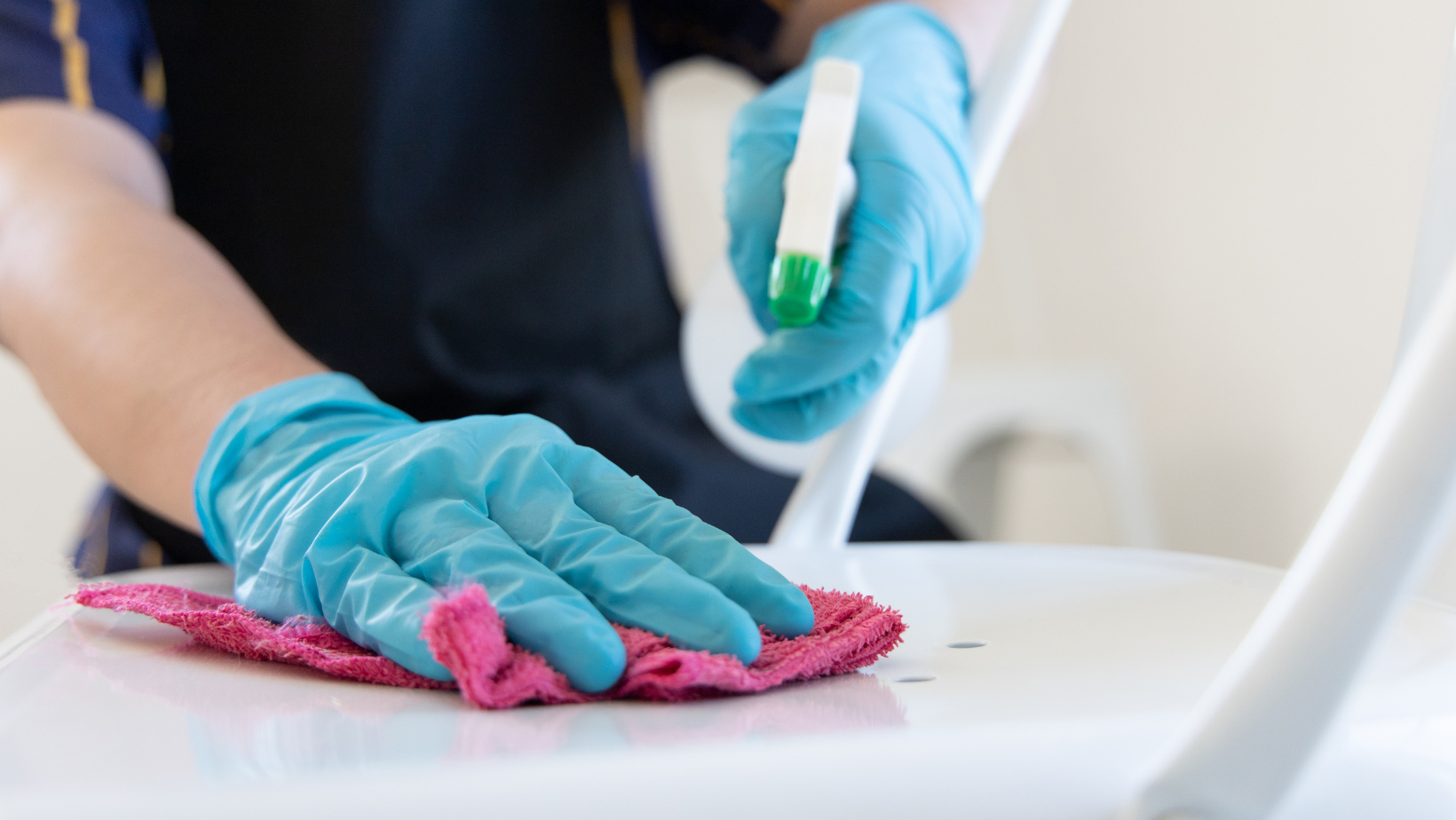Creating a Cleaner, Healthier Toledo
Whether you run a cozy family clinic in Sylvania, a friendly dental office downtown Toledo, or a busy urgent care center, your patients form first impressions the moment they step inside. Dust on the blinds, sticky chair arms, or an odd smell near the restroom? These small details aren’t just about cleaning… they’re about building confidence and comfort for your patients.
In healthcare, cleanliness isn’t just about appearances. It’s about infection control, safety, and compliance.
So, how clean is clean enough? Let’s break it down.
First Impressions Start in the Waiting Room
Waiting rooms might not see scalpels or stethoscopes, but they’re your frontline in the battle against germs and skepticism. This is where patients decide whether they feel safe. And if they’re flipping through magazines on sticky side tables or staring at dust bunnies under chairs, that answer might be no.
Wipe down everything daily, including reception counters, chair arms, doorknobs, pens, and touch screens. Disinfectant wipes are your best friend here. If you offer toys or books, rotate them and sanitize them regularly (or consider a minimalist approach). A visibly tidy and odor-free lobby speaks volumes.
Floors, especially those with carpet, should be vacuumed daily and deep cleaned regularly. And yes, those windows? Keep them smudge-free; clean glass makes everything else feel cleaner.
Exam Rooms
Exam rooms should be spotless after every visit. That means wiping down the table (with fresh paper), disinfecting surfaces, tools, and high-touch areas like drawer handles and light switches, always using hospital-grade products and proper dwell times.
At the end of the day, do a deeper clean: mop the floors, sanitize sinks, wipe baseboards, and check behind equipment for hidden dust. A truly clean exam room isn’t just seen, it’s felt by every patient who walks in.

Restrooms Deserve More Than a Quick Swipe
Patients judge your whole practice by your restrooms, so they need to be spotless and stocked at all times.
Key cleaning tasks:
- Disinfect the toilet base, seat, and flush handle
- Scrub sinks, faucets, and shine the mirrors
- Wipe stall locks, soap dispensers, and towel levers
- Restock supplies throughout the day, not just once
High-Touch, High-Stakes
Let’s talk hotspots, the places where germs thrive because everyone touches them.
Phones. Keyboards. Clipboards. Armrests. Faucet handles. Doorknobs. Elevator buttons. Light switches. If it gets touched, it needs frequent attention.
These aren’t “once-a-day” surfaces. In a busy practice, they may need to be wiped down multiple times a day. Maintaining a rotating cleaning schedule or assigning specific wipe-down duties can help guarantee that no surface is overlooked.
Many practices use color-coded cloths to prevent cross-contamination, with one color designated for restrooms, another for exam rooms, and so on. It’s a small detail that makes a big difference.

Dust Isn’t Just a Nuisance, It’s a Health Hazard
You might not associate dust with danger, but in a medical setting, it can carry allergens, microbes, and a clear signal that corners are being cut.
Dust high shelves, vents, blinds, windowsills, and baseboards regularly. Use microfiber cloths that trap particles instead of just moving them around. And don’t forget ceiling fan blades or light fixtures, especially in patient areas where people might be lying back and looking up.
HVAC vents should be vacuumed or wiped down regularly, and filters should be changed according to the manufacturer’s schedule. Clean air is a quiet healthcare benefit that patients might not notice when it’s done right, but they’ll notice if it’s not.
Don’t Let Floors Betray You
Clean floors are about more than appearance; they reduce slip hazards and prevent the spread of germs.
Vacuum carpets daily with a HEPA-filter machine, especially in high-traffic areas. Mop hard floors with a disinfectant, using a clean mop head each time. Change the water frequently to prevent spreading grime.
Hallways, break rooms, and even storage closets need the same treatment. Germs don’t care if a room is patient-facing or not.

Compliance Isn’t Optional
Cleanliness in healthcare isn’t just about doing the right thing; it’s a regulatory must. Meeting CDC and OSHA standards requires more than good intentions. It takes consistent training, the right tools, and solid documentation.
To stay compliant, make sure your team is following these basics:
- Use PPE during cleaning and handle biohazards correctly
- Train staff on proper disinfection methods and cross-contamination prevention
- Choose the right cleaning products and follow instructions carefully
- Maintain daily checklists and cleaning logs for every area
Why Many Toledo Clinics Call in the Pros
Your staff is there to care for patients, not clean grout lines. That’s where Poseidon’s Mermaids comes in. We provide professional medical office cleaning that meets the highest standards, so your team can focus on what they do best.
From waiting rooms to examination tables, we utilize hospital-grade disinfectants and adhere to strict infection control protocols. We work around your schedule after hours or during low-traffic times, and we’re proud to serve Toledo’s healthcare community with the attention to detail your patients expect.
If your clinic could use a deeper clean, let us help. Get a free quote and let Poseidon’s Mermaids keep your space spotless, safe, and ready for every patient.

